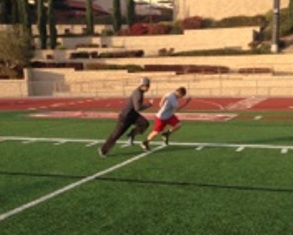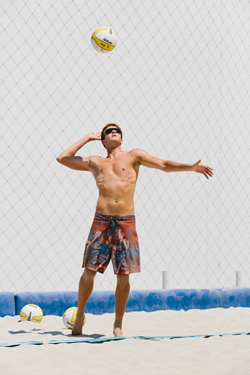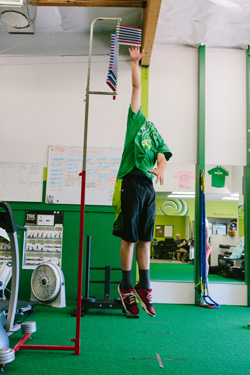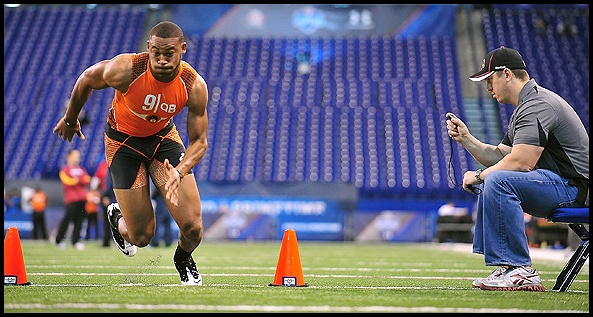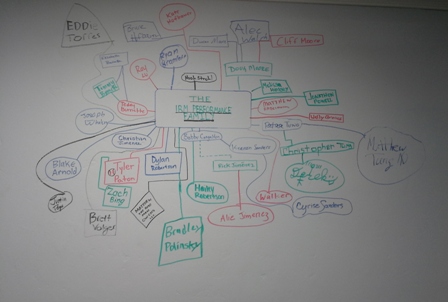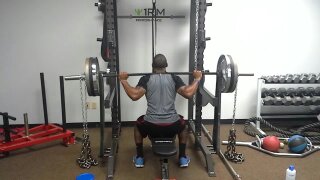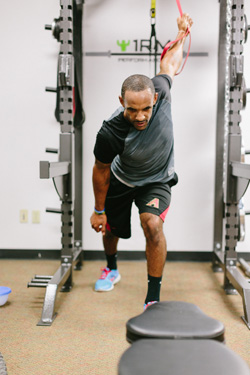- Posted by: Melissa Hinkley
Muscle soreness results from mechanical damage to the muscle and biomechanical changes within muscle tissue. It's characterized by inflammation, pain, swelling, soreness, stiffness, and markers of muscle damage such as Creatine Kinase (CK) and Lactase Dehydrogenase (LDH). (NSCA)
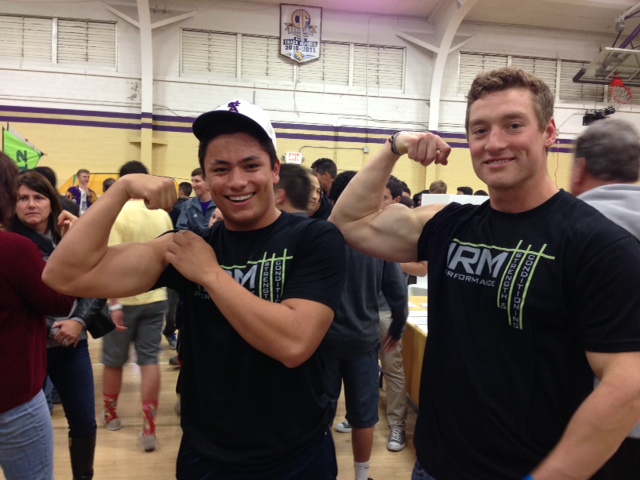
(Bobby and one of his athetes repping our new T's.)

